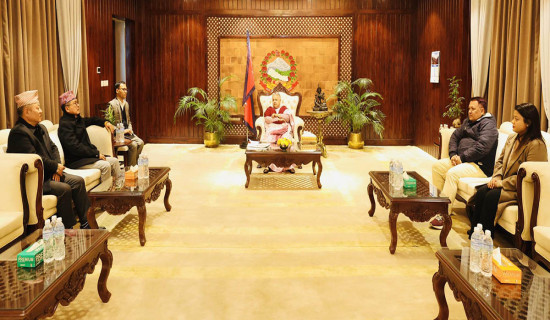- Friday, 9 January 2026
Urgency Of Climate Action
Across Nepal, the signs of climate change are no longer subtle; they are here, catastrophic, and unavoidable. Once, predictable monsoon patterns have become erratic. Himalayan glaciers, which feed our rivers and water our crops, are melting at a record pace. This is impacting communities from the high mountains to the low plains with floods, droughts, landslides, and shifting seasons. Climate change is not a future danger looming on the horizon. It is here. But the billion-dollar question is: Is Nepal listening?
Nepal produces very little carbon, but we face some of the worst effects of climate change. With our diverse topography and fragile ecosystems, the country is strangely susceptible to the whole range of climate-related disasters. Events like the Melamchi flood, Sindhupalchok landslides, and Tarai heatwaves are no longer exceptional; they are the new normal. Farmers speak of delayed rains and diminishing harvests. The snowline has crept up the mountains. And while the physical impact is obvious, the psychological impact is less discussed: the anxiety, the loss of dignity, the sense of helplessness.
Despite the urgency, Nepal's national response still trails behind the pace of the crisis. While policies such as the National Adaptation Plan and Climate Change Policy exist, they are not translated into action at the local level. Delays in bureaucracy, lack of money, and weak coordination between federal, provincial, and local governments are blocking progress. More importantly, there is a disconnect between such policies and the lived experiences of those who are affected most significantly - rural women, indigenous people, and youth.
At the local level, people are also responding with creativity and resilience. Farmers are experimenting with climate-resilient crops. Eco-friendly practices are being promoted by local cooperatives. Youth-led climate movements are gaining traction, both on social media and in the streets. Yet these efforts do not have much institutional support. They have little visibility and resources to expand and be replicated. Nepal can learn from and give power to its people, rather than donor-driven or top-down approaches only.
Furthermore, climate change in Nepal is not just an environmental issue; it is an issue related to development, health and human rights. Rural women, already shouldering the burden of domestic work, now walk farther to collect water from drying springs. Poor households, whose homes are washed away by floods, themselves move in search of employment and protection, adding to the ranks of climate-displaced individuals. These voices rarely heard in policy circles must be brought to the forefront of our national climate debate.
Nepal cannot afford to wait. The cost of inaction is increasing in terms of lives lost, livelihoods destroyed, and natural resources degraded. Although our own contribution to global warming is minimal, we have a duty nonetheless to act to rescue our people and ecosystems. This includes investing in renewable energy, implementing green laws, mainstreaming climate risk into all areas of development, and advocating strongly at global fora for climate justice.
The question is not whether climate change is real. The question is whether Nepal is ready to act. To listen is merely the starting point but listening alone is not enough. Nepal must act with urgency, coherence, and humanity. Climate change is here. The time has come for us to truly, finally, listen and act.

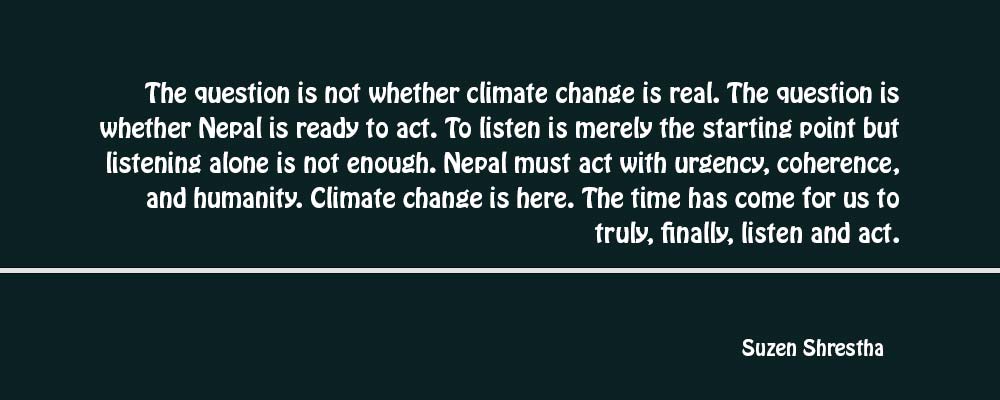

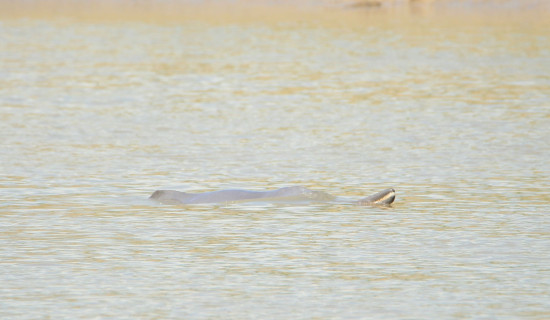


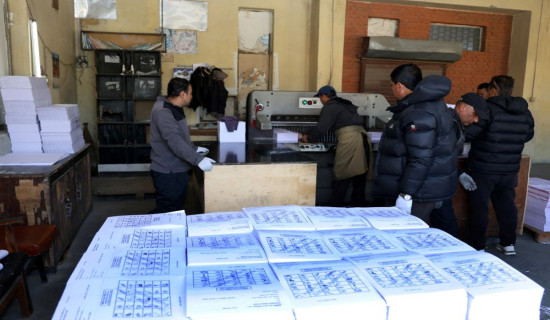




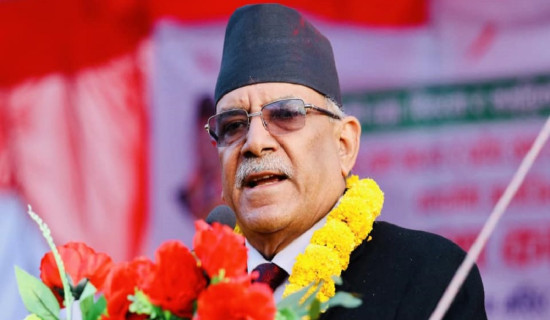
-original-thumb.jpg)
